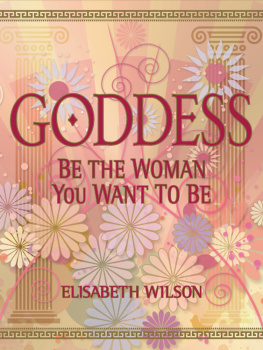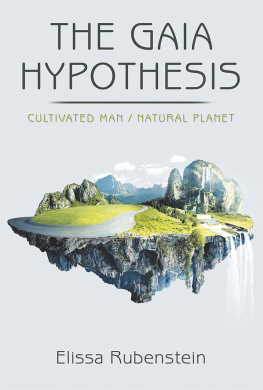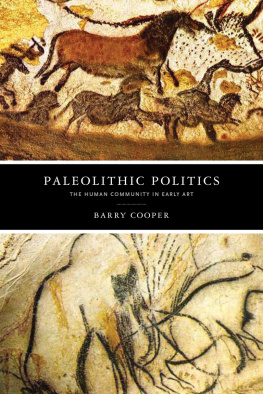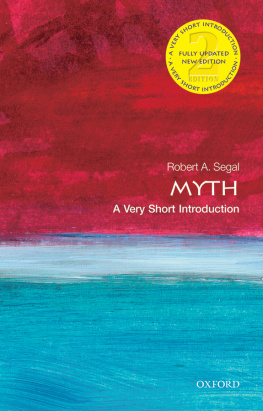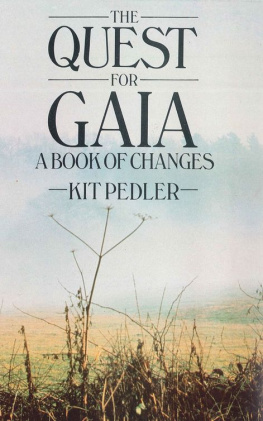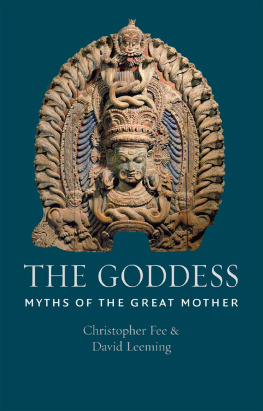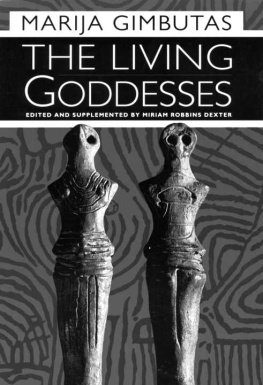Jules Cashford - The Myth of the Goddess: Evolution of an Image
Here you can read online Jules Cashford - The Myth of the Goddess: Evolution of an Image full text of the book (entire story) in english for free. Download pdf and epub, get meaning, cover and reviews about this ebook. year: 1993, publisher: Penguin, genre: Religion. Description of the work, (preface) as well as reviews are available. Best literature library LitArk.com created for fans of good reading and offers a wide selection of genres:
Romance novel
Science fiction
Adventure
Detective
Science
History
Home and family
Prose
Art
Politics
Computer
Non-fiction
Religion
Business
Children
Humor
Choose a favorite category and find really read worthwhile books. Enjoy immersion in the world of imagination, feel the emotions of the characters or learn something new for yourself, make an fascinating discovery.

- Book:The Myth of the Goddess: Evolution of an Image
- Author:
- Publisher:Penguin
- Genre:
- Year:1993
- Rating:5 / 5
- Favourites:Add to favourites
- Your mark:
- 100
- 1
- 2
- 3
- 4
- 5
The Myth of the Goddess: Evolution of an Image: summary, description and annotation
We offer to read an annotation, description, summary or preface (depends on what the author of the book "The Myth of the Goddess: Evolution of an Image" wrote himself). If you haven't found the necessary information about the book — write in the comments, we will try to find it.
The Myth of the Goddess: Evolution of an Image — read online for free the complete book (whole text) full work
Below is the text of the book, divided by pages. System saving the place of the last page read, allows you to conveniently read the book "The Myth of the Goddess: Evolution of an Image" online for free, without having to search again every time where you left off. Put a bookmark, and you can go to the page where you finished reading at any time.
Font size:
Interval:
Bookmark:

ARKANA
THE MYTH OF THE GODDESS
Born in 1931, Anne Baring was educated in England and America and read history at Oxford. In 1961, after travelling widely in the Far East, she wrote (under the name of Anne Gage) The One Work: A Journey Towards the Self, the story of her quest for the underlying unity of Hinduism, Buddhism and Christianity. For twelve years she was a dress designer with her own shop in London. She is a member of the International Association of Analytical Psychologists and divides her time between writing and her practice as an analyst. She is married to artist Robin Baring and they have one daughter.
Jules Cashford read philosophy at St Andrews and went on to do postgraduate research in literature at Cambridge on a Carnegie Fellowship, specializing in the study of tragedy. For some years she was a supervisor in English for Trinity College. She is a member of the International Association of Analytical Psychologists, and now teaches mythology. She has published articles on myth and symbolism, and has completed a new translation of The Homeric Hymns from the Greek.
ANNE BARING AND JULES CASHFORD

THE MYTH OF THE GODDESS
EVOLUTION OF AN IMAGE
ARKANA
PENGUIN BOOKS
ARKANA
Published by the Penguin Group
Penguin Books Ltd, 80 Strand, London WC2R 0RL, England
Penguin Putnam Inc., 375 Hudson Street, New York, New York 10014, USA
Penguin Books Australia Ltd, 250 Camberwell Road, Camberwell, Victoria 3124, Australia
Penguin Books Canada Ltd, 10 Alcorn Avenue, Toronto, Ontario, Canada M4V 3B2
Penguin Books India (P) Ltd, 11 Community Centre, Panchsheel Park, New Delhi 110 017, India
Penguin Books (NZ) Ltd, Cnr Rosedale and Airborne Roads, Albany, Auckland, New Zealand
Penguin Books (South Africa) (Pty) Ltd, 24 Sturdee Avenue, Rosebank 2196, South Africa
Penguin Books Ltd, Registered Offices: 80 Strand, London WC2R 0RL, England
www.penguin.com
First published by Viking 1991
Published in Penguin Books 1993
Copyright Anne Baring and Jules Cashford, 1991
All rights reserved
The moral rights of the authors have been asserted
Except in the United States of America, this book is sold subject to the condition that it shall not, by way of trade or otherwise, be lent, re-sold, hired out, or otherwise circulated without the publishers prior consent in any form of binding or cover other than that in which it is published and without a similar condition including this condition being imposed on the subsequent purchaser
ISBN: 978-0-14-194140-0
CONTENTS
This is a long book but it is not a page too long. It is a very important book and of great significance for the reappraisal which is grossly overdue of our approach to history. History as a record of the past has been told almost entirely in terms of its outer eventfulness and, in a sense, this is the least of history. History progresses on two levels, a manifest one and a profound one which is irresistible but not fully expressed, demanding to make itself known through the way we shape our lives in the world without, and through the failures and disasters brought about because this hidden, inner eventfulness is not fully recognized and given its due role in the human spirit and its societies.
There is no dimension of history of which this is more true than the way the feminine half of the human spirit has been dealt with by masculine-dominated societies, and inadequately acknowledged and evolved in our cultures and civilizations. We see the result of this neglect, which is with us still, in the decay of the feeling and the caring values of life and in the pursuit of the masculine rationalism which seems to be the dominant element in the establishments of today.
But here at last is a work of immense pioneering significance. It is pioneering that has been done admirably in all sorts of sorties and forays of imaginative men into this undiscovered dimension, but it has never been done as it should have been done by women, by the feminine itself looking for the feminine, as we have looked for the masculine in the remote origins of life on earth and our progression into this great and tumultuous time of ours.
Jules Cashford and Anne Baring have done precisely this. They have gone as far down into history as one can go and followed it through into the present day. It is a great story that they have to tell and it is a timely story, because it is the loss of this feminine eventfulness which has led to the most urgent and dangerous problem of our time: the exploitation and also the rejection of our Mother Earth, our mother not only deprived of the great store of life it had prepared for us but increasingly being denied the chance to do more.
Here, for the first time to my knowledge, the story is told in full. It is the awful, yet at the same time strangely inspiring story of the feminine, still unvanquished and undismayed, which we are all called to honour and obey if we are not also to vanish, like so many other cultures in the labyrinth of the past through which the authors follow this golden thread. The horizon behind us is littered with the rubble of civilizations which have failed to renew themselves, have failed a challenge somehow to transcend their opposites in something that will combine in balance both the masculine and the feminine and, in their union, create something greater than the sum of their parts.
Laurens van der Post
October 1990
When we began this book we intended simply to gather together the stories and images of goddesses as they were expressed in different cultures, from the first sculpted figures of the Palaeolithic era in 20,000 BC down to contemporary pictures of the Virgin Mary. This seemed worth doing because one way in which humans apprehend their own being is by making it visible in the images of their goddesses and gods. But in the course of this research we discovered such surprising similarities and parallels in all the goddess myths of apparently unrelated cultures that we concluded that there had been a continuous transmission of images throughout history. This continuity is so striking that we feel entitled to talk of the myth of the goddess, since the underlying vision expressed in all the variety of goddess images is constant: the vision of life as a living unity.
The Mother Goddess, wherever she is found, is an image that inspires and focuses a perception of the universe as an organic, alive and sacred whole, in which humanity, the Earth and all life on Earth participate as her children. Everything is woven together in one cosmic web, where all orders of manifest and unmanifest life are related, because all share in the sanctity of the original source.
However, it was evident that in our present age the goddess myth is nowhere to be found. Of course, in the Catholic version of Christianity Mary, the Virgin, Queen of Heaven, is clothed in all the old goddess images except that, significantly, she is not Queen of Earth. The Earth used to have, as it were, a goddess to call her own, because the Earth and all creation were of the same substance as the Goddess. Earth was her epiphany: the divine was immanent as creation. Our mythic image of Earth has lost this dimension.
So we set out to discover what had happened to the goddess image, how and when it disappeared, and what were the implications of this loss. Since mythic images implicitly govern a culture, what did this tell us about a particular culture such as our own that either did not have or did not acknowledge a mythic image of the feminine principle? It began to seem no coincidence that ours is the age above all others that has desacralized Nature: generally speaking, the Earth is no longer instinctively experienced as a living being as in earlier times, or so it would seem from the evidence of pollution (itself a term that originally meant the profaning of what was sacred). And now is also the time when the whole body of the Earth is threatened in a way unique to the history of the planet.
Next pageFont size:
Interval:
Bookmark:
Similar books «The Myth of the Goddess: Evolution of an Image»
Look at similar books to The Myth of the Goddess: Evolution of an Image. We have selected literature similar in name and meaning in the hope of providing readers with more options to find new, interesting, not yet read works.
Discussion, reviews of the book The Myth of the Goddess: Evolution of an Image and just readers' own opinions. Leave your comments, write what you think about the work, its meaning or the main characters. Specify what exactly you liked and what you didn't like, and why you think so.

